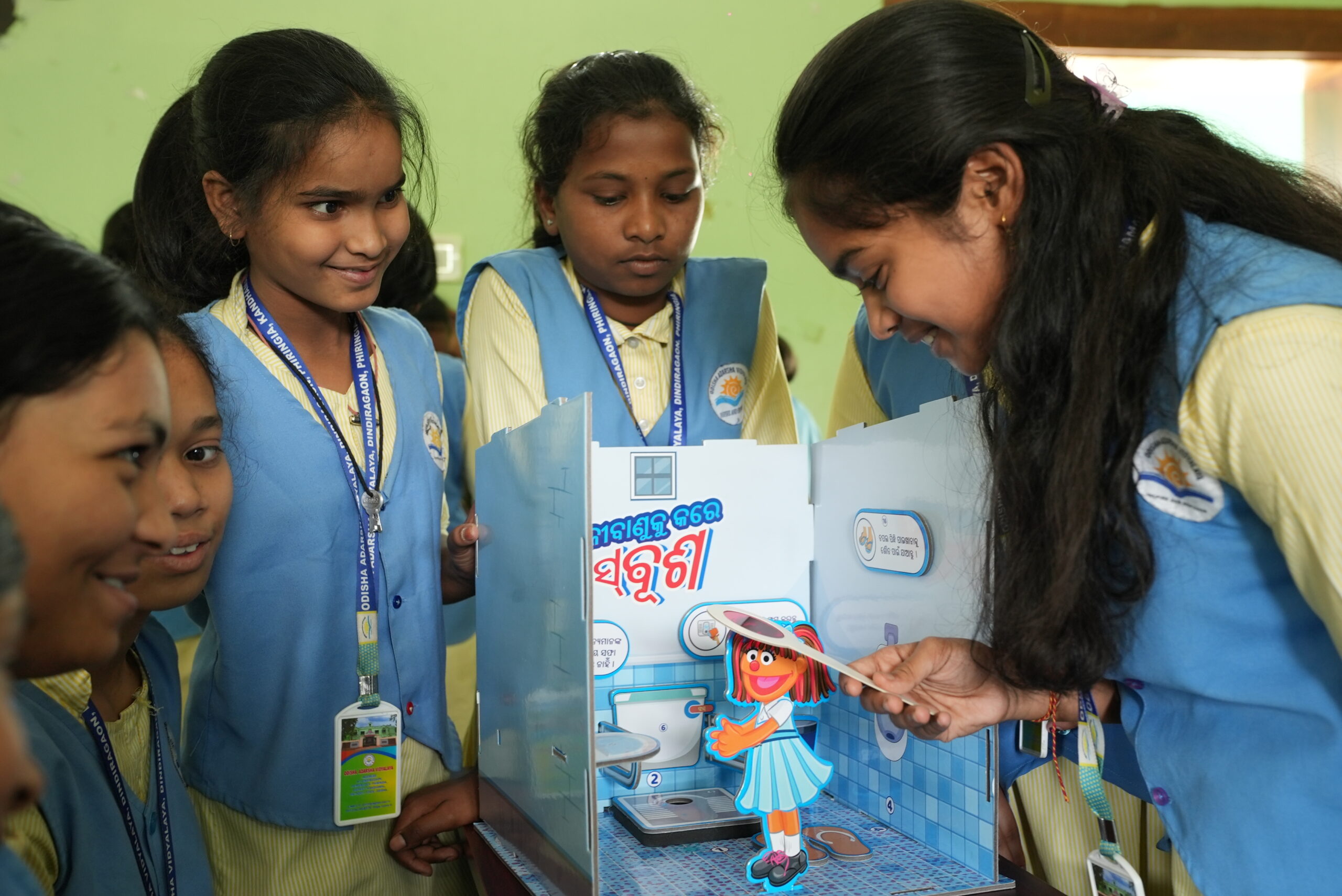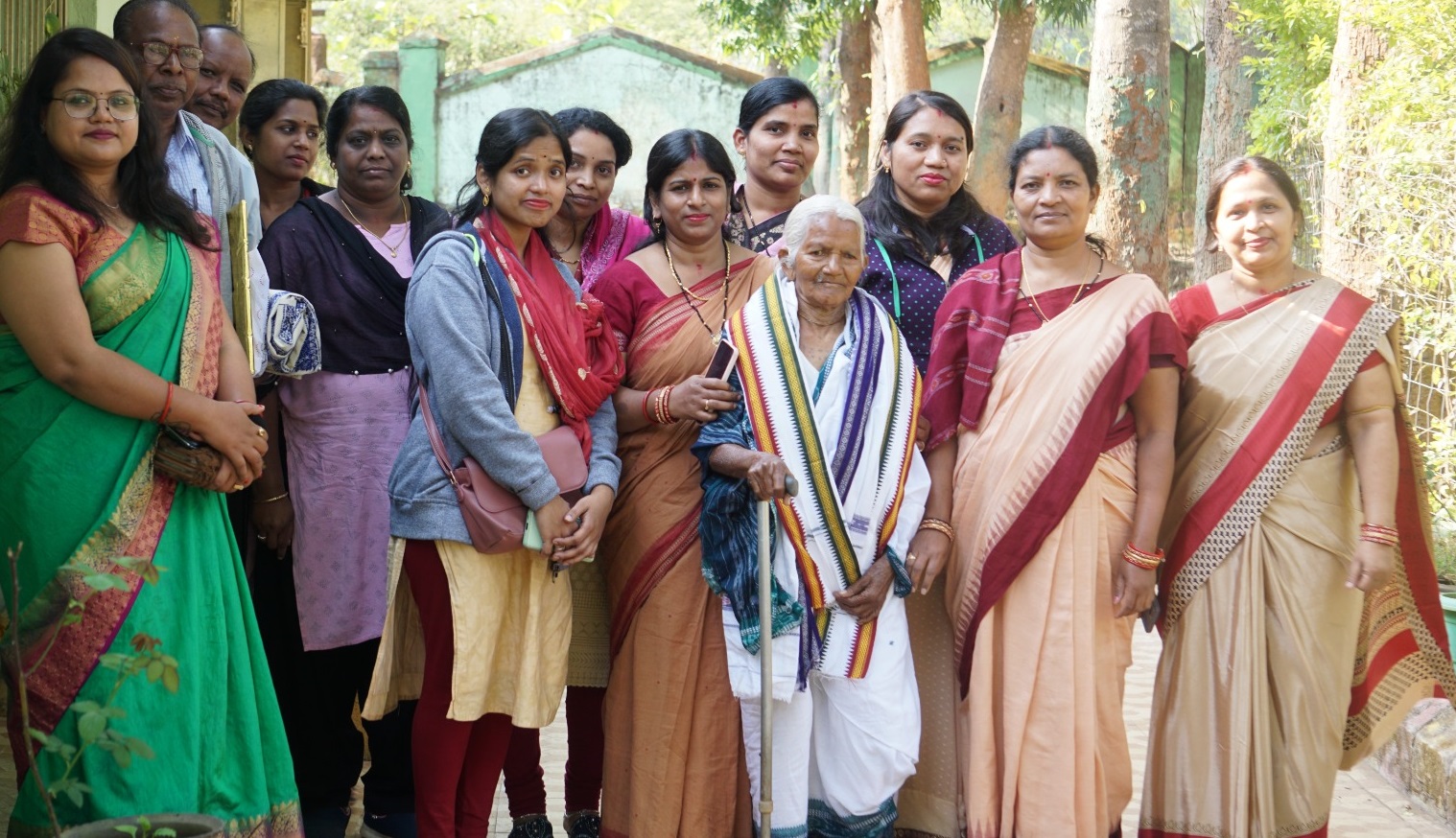The Harpic School Sanitation Program, as part of the broader “Harpic Mission Swachhta aur Paani” initiative, is a comprehensive effort aimed at promoting hygiene and sanitation practices among school children in India. The program encompasses the development and implementation of a Swachh or Hygiene Curriculum specifically tailored for children, with the goal of instilling good sanitation habits from an early age. The Harpic School Sanitation Program is a holistic initiative that recognizes the importance of education and awareness in promoting sanitation practices among children. Through its innovative curriculum and educational tools, the program strives to empower the younger generation with essential knowledge and habits for a cleaner, healthier future.

The key components of the Harpic School Sanitation Program:
Curriculum Development: The program has developed a Swachh or Hygiene Curriculum for school children, designed to be age-appropriate and culturally relevant. This curriculum serves as a standardized and sustainable tool for disease prevention, focusing on common issues like diarrhoea, which is a significant cause of children’s deaths globally.
Educational Tools: The curriculum includes interactive educational materials such as popup books and 3D DIY kits, targeting different age groups (3 to 5 and 5 to 8). These tools leverage visual engagement, storytelling, and hands-on learning to make the educational experience effective and enjoyable for children.
Multilingual Approach: To ensure wider reach and accessibility, the curriculum is collated in multiple languages including English, Hindi, Urdu, Tamil, Gujarati, Marathi, Oriya, Telugu, etc. This ensures that children from diverse linguistic backgrounds can benefit from the program.
Goal and Purpose:
- Goal: The primary goal is to promote sanitation practices among children as a way of life, emphasizing the link between cleanliness, sustainable toilets, safer toilets for all, and good health.
- Purpose: The program aims to improve knowledge and attitudes among students and communities regarding sanitation practices. By integrating the curriculum into educational institutions/schools across India, it seeks to bring about positive behavioural changes and foster a culture of hygiene and sanitation.
Reach and Impact: The program has ambitious targets, aiming to directly reach nearly all school kids by 2026 and 100 percent of Informal Educational Institutions in Odisha and India. By reaching out to children at an early age, the program seeks to create long-lasting impact and contribute to India’s vision of becoming “Swasth and Swachh” (healthy and clean).
Objectives
Create an Enabling Environment: Establish conducive conditions in all schools across Odisha, spanning from classes 1 to 8, empowering children to advocate for universal access to safe toilets.
Transform Schools and Households: Through enhanced sanitation education, instill positive changes in students’ knowledge, attitudes, behaviors, and practices regarding sanitation, influencing both school and household environments.
Promote Community Engagement: Encourage communities to exhibit commitment towards adopting improved Water, Sanitation, and Hygiene (WASH) behaviors and practices.
Expand Nationwide: Extend the program’s reach to encompass all states across India, scaling up its impact and benefits to a wider population.
Geographical Coverage in Odisha
The program covers 10 project districts including Deogarh, Ganjam, Kalahandi , Kandhamal, Khordha, Mayurbhanj, Puri, Sambalpur, Sonepur and Sundargarh. Out of these 2 districts are Aspirational districts and 5 are Scheduled districts.
Impact
The Harpic School Sanitation Program, as part of the broader “Harpic Mission Swachhta aur Paani” initiative, is a comprehensive effort aimed at promoting hygiene and sanitation practices among school children in India. It aims to instil healthy habits like use, access and maintenance of toilet and sanitation facilities in schools at home at an early age It has transformed sanitation understanding and practice among children through innovative methods.
Launched in 2023 in 2000 schools in Odisha, the program has grown significantly, embedding sanitation behaviour change practices and knowledge deeply within the cultural practices of the schools involved.
The program’s impact includes:
- The outreach impact of the program spans 10 districts, 32 blocks, and 477 panchayats, demonstrating a significant and widespread influence on the targeted communities
- 4016 Teachers trained on hygiene curriculum during onsite at school.
- 316580 Students identified as change agents
- 2004 Schools reached through the project activities
- 2004 Child cabinets formed to maintain hygiene and sanitation
- Schools qualified for Swachh Vidhyalaya Puraskar
- 1876 Schools developed as model schools with sanitation corners that display messages on sanitation practices
- 2000 Teachers honoured for supporting school sanitation education program
Indirect Beneficiaries:
- 8000 school teachers
- 6000 supporting staffs of schools
- 476 Village Local Self Governments (Gram Panchayats) institutions,
- 900000 parents and other family members of school attending children.

